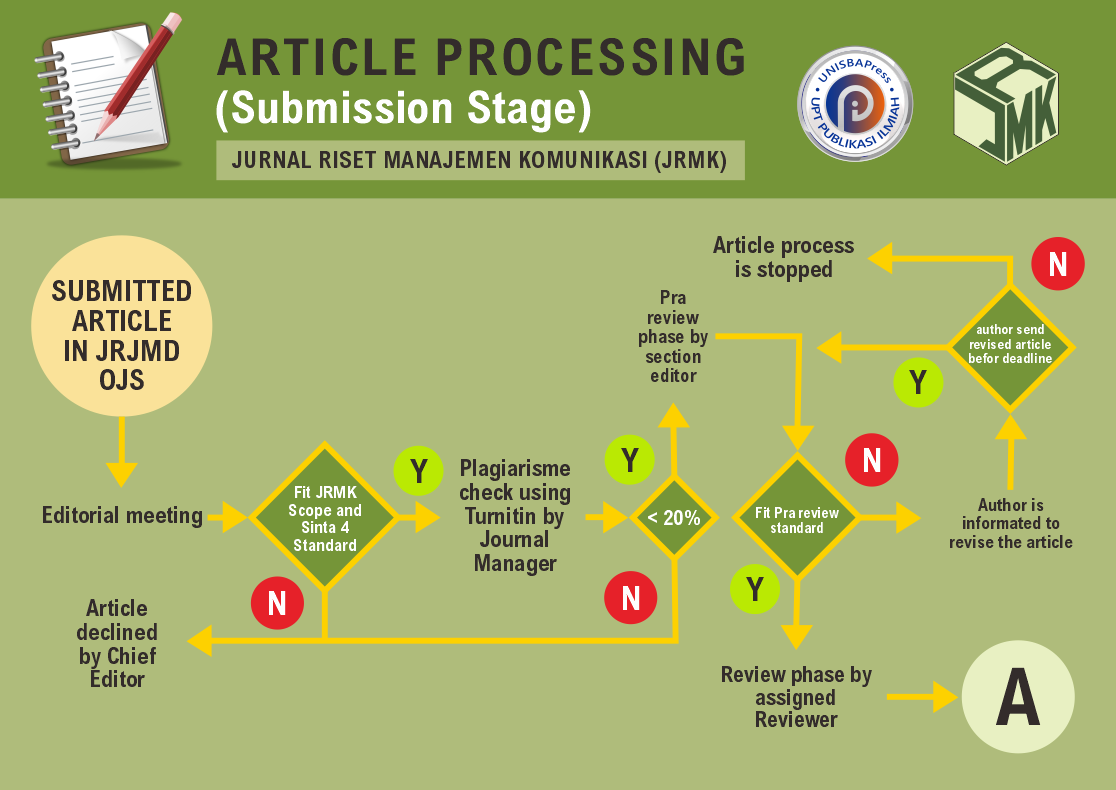Analisis Kompetensi Literasi Digital pada Guru Sekolah Menengah Atas
DOI:
https://doi.org/10.29313/jrmk.v3i1.2316Keywords:
Literasi Digital, Kompetensi Literasi Digital Guru, Kompetensi DigitalAbstract
Abstract. Digital literacy comes as a basic ability in the utilization of internet and digital media. Through the UNESCO Policy Brief and the 2030 Agenda for SDG’s, digital literacy is considered as one of the basic knowledge capital in 21st century. Sadly, digital literacy in Indonesia is not yet at a good level. Educational institutions have a very important role in the implementation of digital literacy. Therefore, teacher/educator as one of the devices in formal educational institutions is expected to have good digital literacy competence. This research looks at digital literacy competence of Senior High School teacher in Banyumas Regency. In this research, DigComp model is used to measure digital literacy competence level of the teacher. Level of digital literacy competence is measured from five competence dimensions, namely Information, Communication, Content Creation, Safety and Problem Solving. With quantitative descriptive method, this research uses online survey to collect data from 89 teacher respondents from 14 Senior High School in Banyumas Regency. This research resulted in a finding that digital literacy competence level of Senior High School teacher in Banyumas Regency is at intermediate level. This research also looks at digital literacy competence level based on the teacher’s age and gender. Even though the average of digital literacy competence is at an intermediate level, the age group of 24 - 40 years and female gender group have higher competence level in several competence dimensions compared to those in 41 - 61 years age group and male gender group.
Abstrak. Literasi digital hadir sebagai kemampuan dasar dalam pemanfaatan internet dan media digital. Melalui UNESCO Policy Brief dan “The 2030 Agenda for SDG’s”, literasi digital ditempatkan sebagai salah satu modal pengetahuan dasar di abad ke-21. Sayangnya, kondisi literasi digital di Indonesia belum berada pada level yang baik. Institusi pendidikan memiliki tanggung jawab serta berperan dalam terlaksananya implementasi pendidikan literasi digital. Oleh karena itu, tenaga pendidik sebagai salah satu perangkat dalam institusi pendidikan formal diharapkan mempunyai kompetensi literasi digital yang baik. Penelitian ini melihat bagaimana kompetensi literasi digital yang dimiliki oleh guru Sekolah Menengah Atas (SMA) yang merepresentasikan tenaga pendidik sebagai perangkat dalam institusi pendidikan formal. Dalam penelitian ini DigComp digunakan untuk mengukur tingkat kompetensi literasi digital yang dimiliki oleh guru. Tingkat kompetensi literasi digital diukur dari lima dimensi kompetensi yaitu dimensi Information, dimensi Communication, dimensi Content Creation, dimensi Safety dan dimensi Problem Solving. Dengan metode deskriptif kuantitatif, penelitian ini menggunakan survey online untuk mengumpulkan data dari 89 responden guru dari 14 SMA Negeri di Kabupaten Banyumas. Penelitian ini menghasilkan temuan bahwa tingkat kompetensi literasi digital pada guru SMA Negeri di Kabupaten Banyumas berada pada level intermediate (Sedang). Penelitian ini juga melihat tingkat kompetensi literasi digital berdasarkan usia dan jenis kelamin guru. Ditemukan bahwa walaupun secara rerata kompetensi literasi digital berada pada level sedang namun pada kelompok usia 24-40 tahun dan pada kelompok jenis kelamin perempuan memiliki level kompetensi yang lebih tinggi pada beberapa dimensi kompetensi dibandingkan kelompok usia 41-61 tahun dan kelompok jenis kelamin laki-laki.
References
APJII. (2021). Infografis Penetrasi dan Perilaku Pengguna Internet di Indonesia Survey 2019-2020. Asosiasi Penyelenggara Jasa Internet Indonesia.
Gilster, P. (1997). Digital Literacy. New York:Wiley and Computer Publishing. Ferrari, A. (2013). DIGCOMP: A Framework for Developing and Understanding Digital Competence in Europe. Luxembourg: Publications Office of the European Union.
Ilomaki, L., Paavola, S., Lakkala, M., & Kantosalo, A. (2016). Digital Competence-an Emergent Boundary Concept for Policy and Educational Research. Education and Information Technologies, 21(3), 655-679.
Kurnia, N & Astuti, SI. (2017). Peta Gerakan Literasi Digital di Indonesia: Studi tentang Pelaku, Ragam Kegiatan, Kelompok Sasaran dan Mitra. INFORMASI Kajian Ilmu Komunikasi Volume 47. Nomor 2. Doi:10.21831/informasi.v47i2.16079
Lyons, S. (2004). An exploration of Generational Values in Life and at Work. ProQuest Dissertations and Theses, 441-441 . Diakses dari http://ezproxy.um.edu.my/docview/30 5203456?accountid=28930
McGarr, O. & McDonagh, A. (2019) Digital Competence in Teacher Education, Output 1 of the Erasmus+ funded Developing Student Teachers’ Digital Competence (DICTE) project. Diakses dari https://dicte.oslomet.no/
Pratolo, B & Solikhati, H. (2020). The Implementation Of Digital Literacy In Indonesian Suburban EFL Classes. International Journal Of Scientific & Technology Research Volume 9, Issue 01.
Tan, E. (2013). Informal learning on YouTube: Exploring digital literacy in independent daring learning. Learning Media and Technology, 38(4), 463–477.
Tømte, C., Enochsson, A. B., Buskqvist, U., & Kårstein, A. (2015) Educating daring student teachers to master professional digital competence: The TPACK framework goes daring. Computers and Education, 84, 26–35. doi:10.1016/j.compedu.2015.01.005.
UIS. (2019). Recommendations on Assessment tools for monitoring digital literacy within UNESCO's Digital Literacy Global Framework. Montreal, Canada: UNESCO Institute for Statistics. Diakses dari https://unesdoc.unesco.org/ark:/48223/ pf0000366740.locale=en
UNESCO. (2018). A Global Framework of Reference on Digital Literacy Skills for Indic ator 4.4.2. Montreal, Canada: UNESCO Institute for Statistics. Diakses dari http://uis.unesco.org/sites/default/files/ documents/ip51-global-framework reference-digital-literacy-skills-2018- en.pdf
UNESCO. (2011) Digital Literacy In Education. Moscow, Rusia: UNESCO Institute for Information Technologies in Education. Diakses dari https://unesdoc.unesco.org/ark:/48223/ pf0000214485














